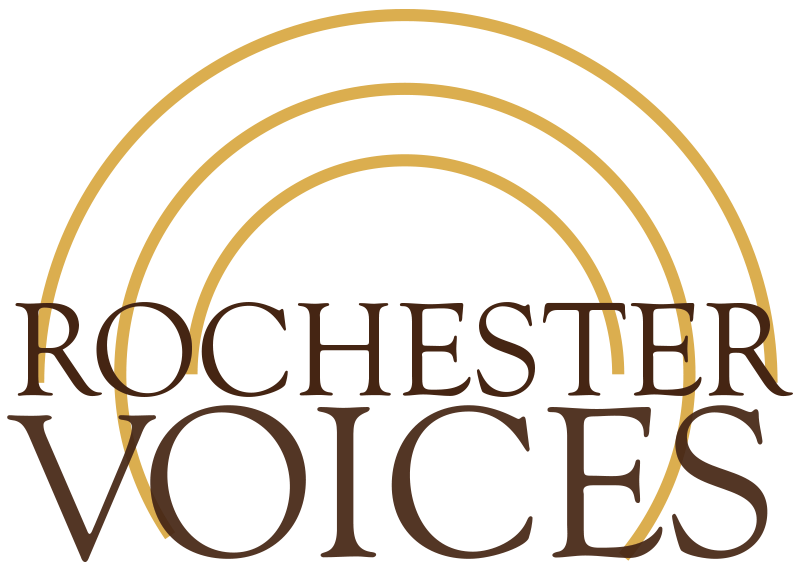Interview, Evelyn Brandon
Evelyn Brandon (1917-1995) was born in Rochester, New York, to a family of six children. Her parents were married in Union, South Carolina, but moved to Rochester to find better job opportunities. Brandon’s father worked as a chef before being hired as a janitor at the Symington-Gould Company. Her mother was a member of the National Association for the Advancement of Colored People (NAACP). Brandon’s parents were religious and community-minded, participating in the Masons, Eastern Star, and YWCA organizations. As a girl, Brandon attended the old School #4 and School #44, where she and her siblings were the only black students. She also attended Madison Junior High. She earned her Bachelor of Science and Master of Science degrees in psychology from Howard University. Brandon’s first professional job was teaching psychology at the State Teachers College for Negroes in Montgomery, Alabama. She also taught psychology at the Hampton Institute, in Virginia. While working, Brandon continued to take summer courses at Columbia, Northwestern, and the University of Rochester. In the early 1950s, she moved back to Rochester to live closer to her aging parents. She found a job with the YWCA and later became the Director of the Young Adult Program there. In 1966, Brandon was hired to teach psychology at the Rochester Institute of Technology. She was a founding member of a number of community health organizations such as the Western Monroe Mental Health Center and the Rochester chapter of the National Association of Social Workers. Brandon passed away on April 27, 1995.
In her interview, Brandon recalls growing up in Rochester in the 1930s and 1940s, the struggle for black equality in Rochester during and after integration, her involvement in the black community, and how the city has changed for black residents. Brandon reports that when she was growing up, there were only a few thousand African Americans living in Rochester and that the black community was much like a large extended family. She proudly recalls watching her father march in the National Recovery Act Parade in the 1930s and seeing the Frederick Douglass statue relocated to Highland Park in the early 1940s. Housing was segregated during Brandon’s childhood and she explains that many whites had a paternalistic attitude toward blacks. She remembers how in sixth grade, she was the only black student in her class and that her teacher made her stay late every day to clean the classroom. Brandon further recalls having a lack of black role models because most blacks had to work in menial labor jobs and were barred from professional careers. She notes that despite these challenges, there were positive changes in Rochester, and she discusses the practice of “block busting,” in which African Americans integrated previously white neighborhoods. She also discusses improvements in job opportunities, the integration of the YWCA, and gaining equal access to downtown hotels and restaurants. Brandon sees herself as a model for other African Americans, having been the first or only black in many organizations. She says that change will only come through political power and she encourages all people to vote, participate in their community, and pursue higher education.
